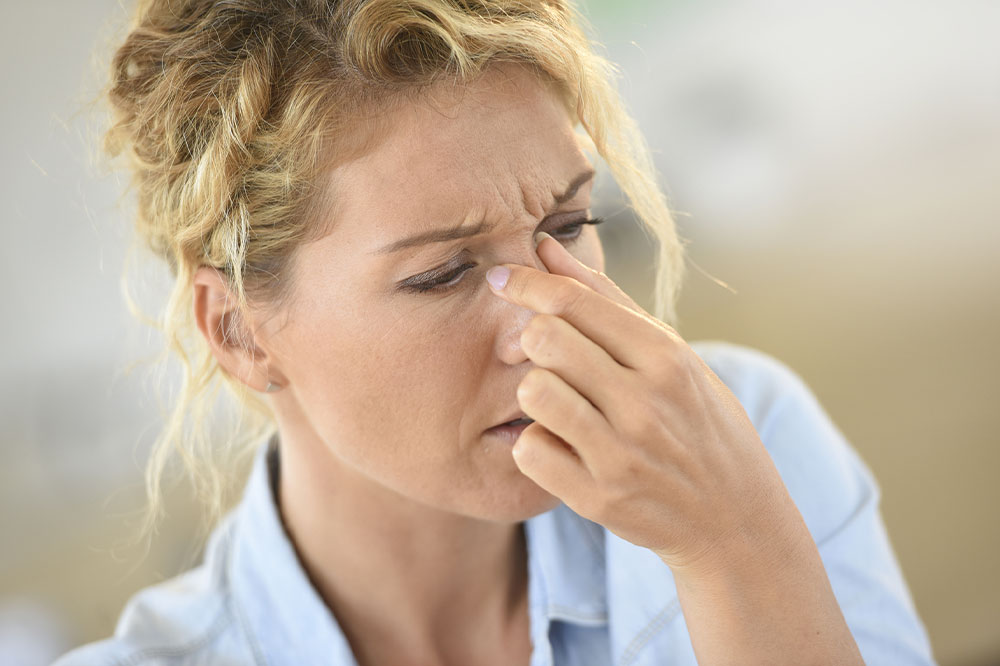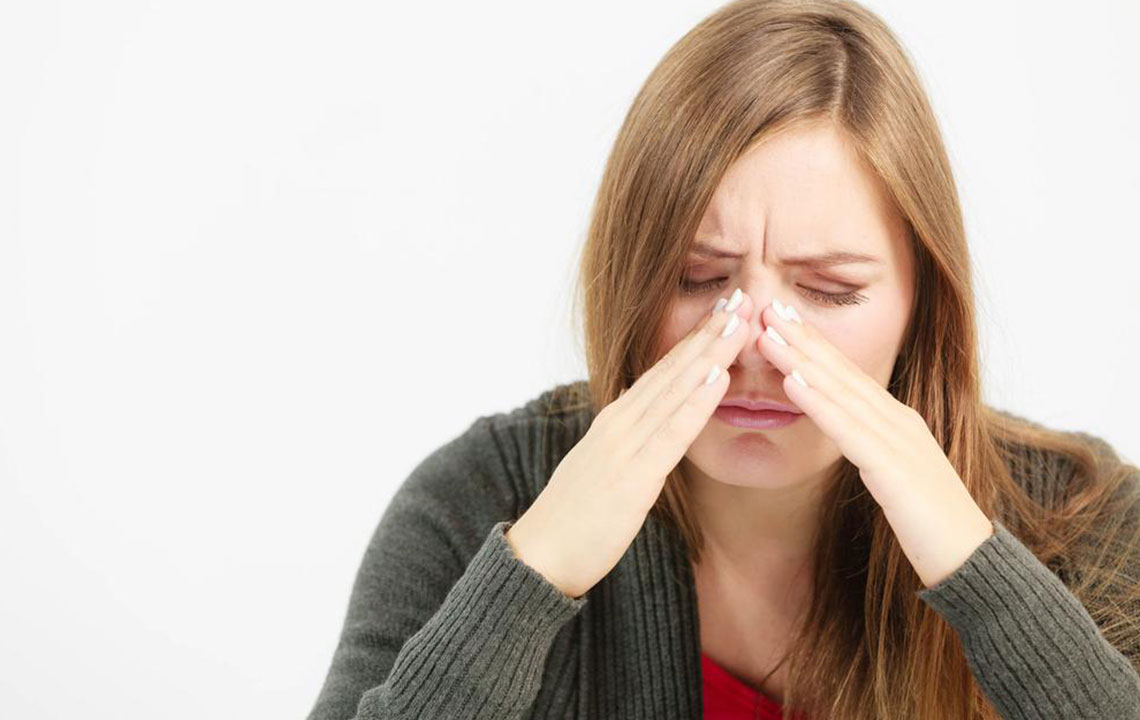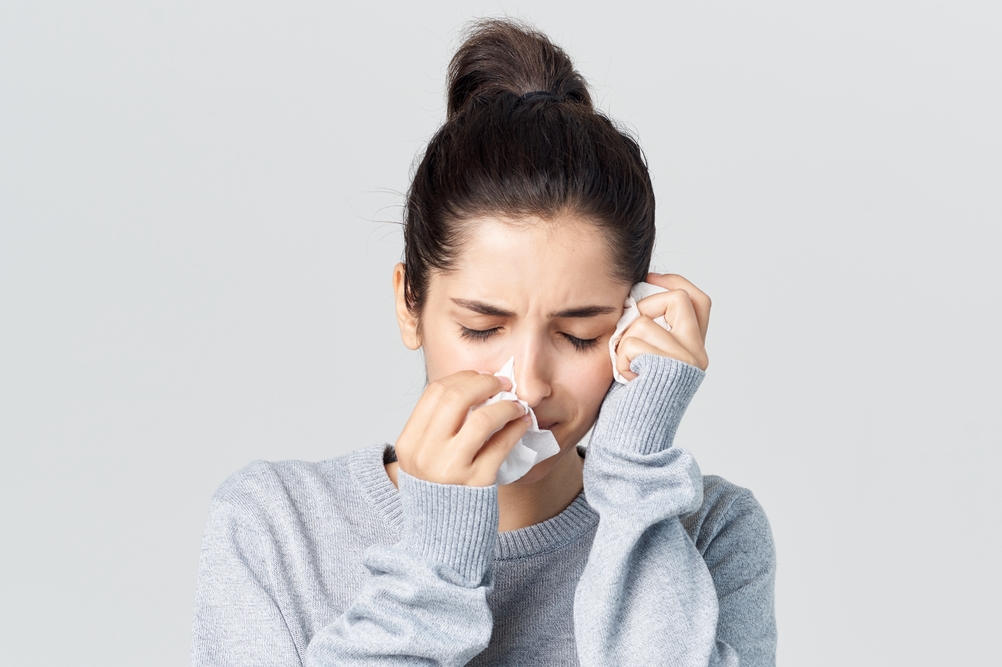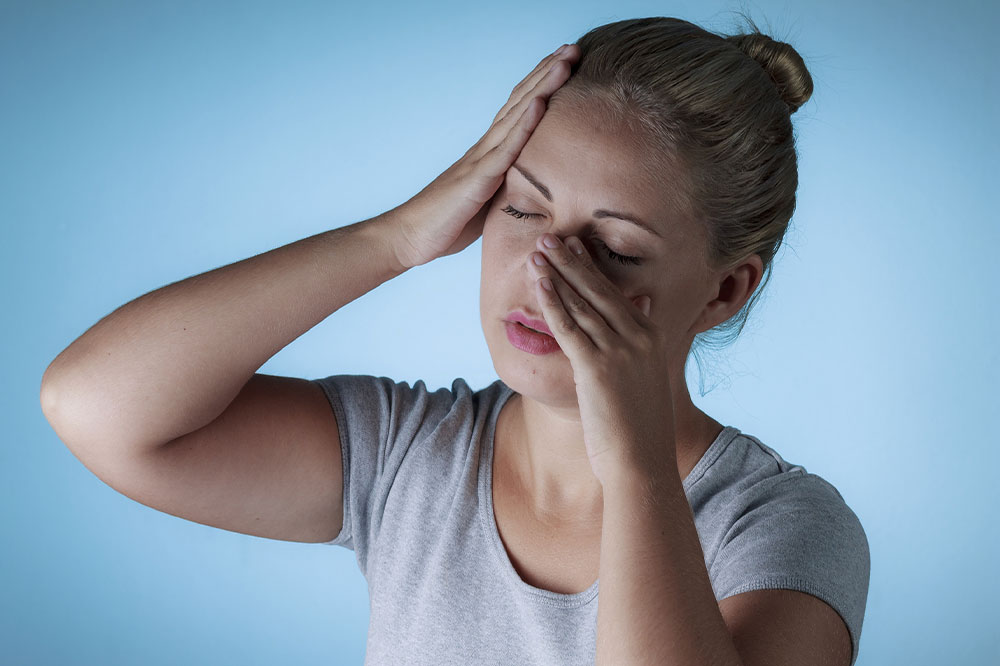Comprehensive Guide to Sinusitis: Symptoms, Causes, and Effective Treatment Strategies
This comprehensive guide explores sinusitis in detail, covering its symptoms, causes, and various treatment options. It emphasizes understanding the differences between types of sinusitis, highlights signs to watch for, and provides practical home remedies alongside medical treatments. Whether you're dealing with acute or chronic sinus issues, this article offers valuable insights and effective strategies to manage and alleviate discomfort. Learn about structural causes, triggers, and prevention tips to maintain healthy sinuses and improve your overall respiratory health.

Comprehensive Guide to Sinusitis: Symptoms, Causes, and Effective Treatment Strategies
Sinusitis, a common yet often misunderstood condition, refers to the inflammation or swelling of the sinus linings. These sinuses are air-filled cavities located within the facial bones, particularly around the nose and eyes, playing a crucial role in humidifying the air we breathe, enhancing voice resonance, and reducing skull weight. When these sinuses become blocked or inflamed due to infections or other factors, it can lead to significant discomfort and health issues. Addressing sinusitis effectively requires understanding its causes, recognizing its symptoms, and knowing the best treatment options to alleviate symptoms and promote recovery.
Recognizing the Symptoms of Sinus Infection:
Persistent nasal congestion
Frequent runny nose
Throbbing headaches,especially around the forehead, cheeks, or behind the eyes
Facial tenderness or swelling
Postnasal drip that causes irritation in the throat
Coughing that worsens at night
Sore throat resulting from mucus drainage
Unpleasant bad breath due to bacterial buildup
Primary Causes of Sinusitis:
Although sinusitis is often mistaken for sinus infection, both involve swelling and blockage of the sinus cavities. The predominant causes include bacterial, viral, or fungal infections that result in mucus build-up and sinus blockage. Additionally, various factors can trigger sinusitis, such as allergies to pollen, dust, or pet dander, nasal polyps causing obstruction, structural abnormalities like a deviated septum, and a weakened immune system. In infants, habits such as frequent pacifier use or bottle-feeding while lying flat can increase the risk of developing sinus problems by facilitating mucus accumulation or facilitating bacterial spread.
Types and Classifications of Sinusitis:
Acute bacterial sinusitis: Characterized by sudden cold-like symptoms such as congestion, facial pain, and pressure that last more than ten days and may recur periodically. Treatment often involves antibiotics and decongestants to clear the infection and reduce swelling.
Chronic sinusitis: Symptoms persist for over 12 weeks, including nasal congestion, facial pressure, and persistent cough. Chronic cases often require comprehensive management, sometimes involving surgical intervention.
Subacute sinusitis: Lasts between four to twelve weeks, often a transitional phase between acute and chronic forms, requiring tailored treatment approach.
Recurrent sinusitis: Four or more episodes a year, each lasting less than two weeks, often necessitate ongoing management strategies to prevent flare-ups.
Who Is at Higher Risk?
While anyone can develop sinusitis, certain groups are more susceptible. Individuals with nasal polyps, allergies, or structural irregularities within the nasal passages are at higher risk. Those suffering from asthma or immune-compromising conditions also face increased vulnerability. Children, especially those exposed to environmental irritants or with frequent respiratory infections, may develop sinus issues more often than adults.
Home Remedies for Managing Dry Sinusitis:
Maintain proper hydration by drinking plenty of water daily to help thin mucus and facilitate drainage
Use a humidifier in your home environment to add moisture to dry air, which helps soothe irritated sinuses
Consult your healthcare provider before discontinuing antihistamine medications, especially if prescribed for allergies
Ensure good ventilation by opening windows or using exhaust fans to promote fresh air circulation
Perform saline nasal irrigation using neti pots or saline sprays to rinse out mucus and irritants
Avoid exposure to cigarette smoke, strong fumes, or other environmental pollutants that can exacerbate dryness
Apply nasal sprays containing moisturizers or saline solutions to keep nasal passages moist
Inhale steam during hot showers or use steam inhalers to loosen mucus and reduce congestion
Consider diffusing essential oils like peppermint or lavender in a diffuser to promote sinus relief and relaxation
Effective Treatment Options for Chronic Sinusitis
Nasal corticosteroids: Sprays such as fluticasone or mometasone are effective in reducing inflammation within the nasal passages. They are often used as a first-line treatment and can be combined with other therapies for severe cases.
Oral or injectable corticosteroids: Prescribed for intense or persistent inflammation that does not respond to topical treatments. Long-term use must be carefully monitored due to potential side effects.
Saline nasal irrigation: Regular rinsing with saline solutions helps clear mucus, allergens, and irritants, promoting sinus drainage and relieving pressure.
Aspirin desensitization: An immunotherapy technique used when aspirin allergy contributes significantly to sinus inflammation, to lessen reaction severity and frequency.
Typically, treatment plans are managed by ENT specialists or primary healthcare providers. For children with mild sinus symptoms, pediatricians can provide appropriate diagnosis and treatment. Combining timely medical intervention with home care strategies such as hydration, steam inhalation, and allergen avoidance results in better outcomes, quicker recovery, and reduced risk of complications like sinus infections spreading or becoming chronic.




